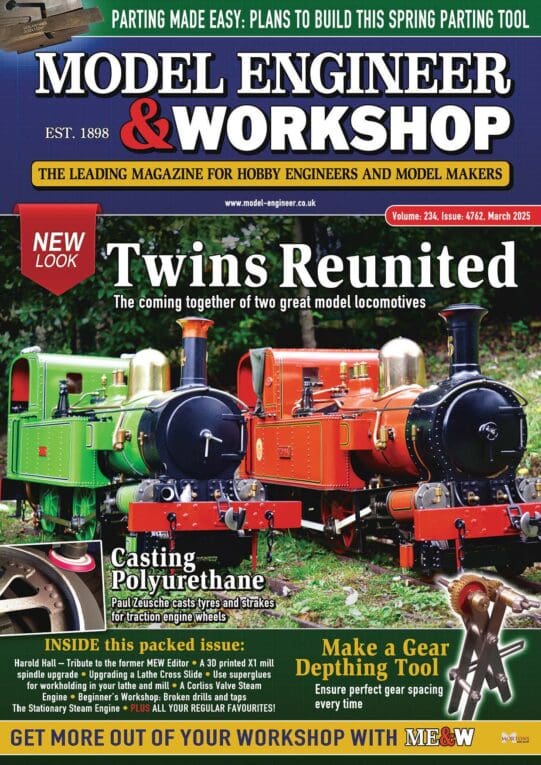The Tracy Tools chart that is my usual reference gives tapping-drill diameters it tells us are calculated for 60-70% depth of thread. I have never found any need to deviate from those.
It also gives these conversions for Dave's figures (with Mick's correction!):
9.5mm = 0.374 inch.
9.3mm = 0.3661 inch, a healthy 0.009" down on nominal size, probably that given by the standard crest-rounding for the thread type you were using – though you don't state what that was.
.
Also, although trying to cut drastically over-size steel was the main problem here, the grade of steel and quality of its finish could also affect things.
Good-quality free-cutting steel, or something from …&… (other household-DIY merchants are available)?
Recently I used some of their stuff sold as 6mm diameter. It was not only roughly 1/4" dia instead so would have been no good for an M6 die had I intended to thread it that size, it also had longitudinal ridges I had to remove before it would pass through a 1/4" hole drilled in hot-rolled steel! For its purpose, draw-filing sufficed, but this material would have been no use for high-accuracy work.
Howard Lewis.





